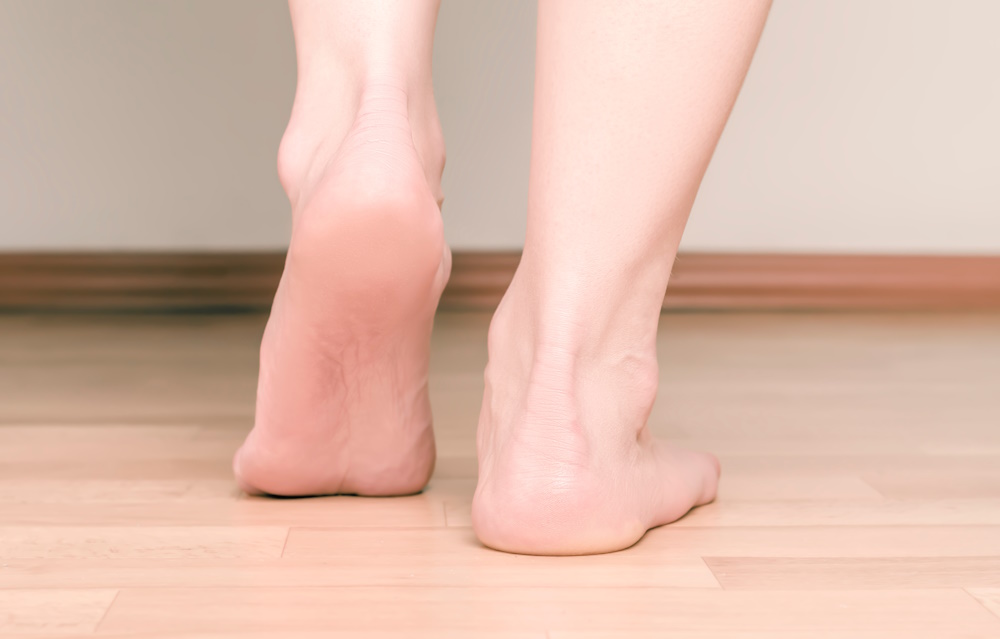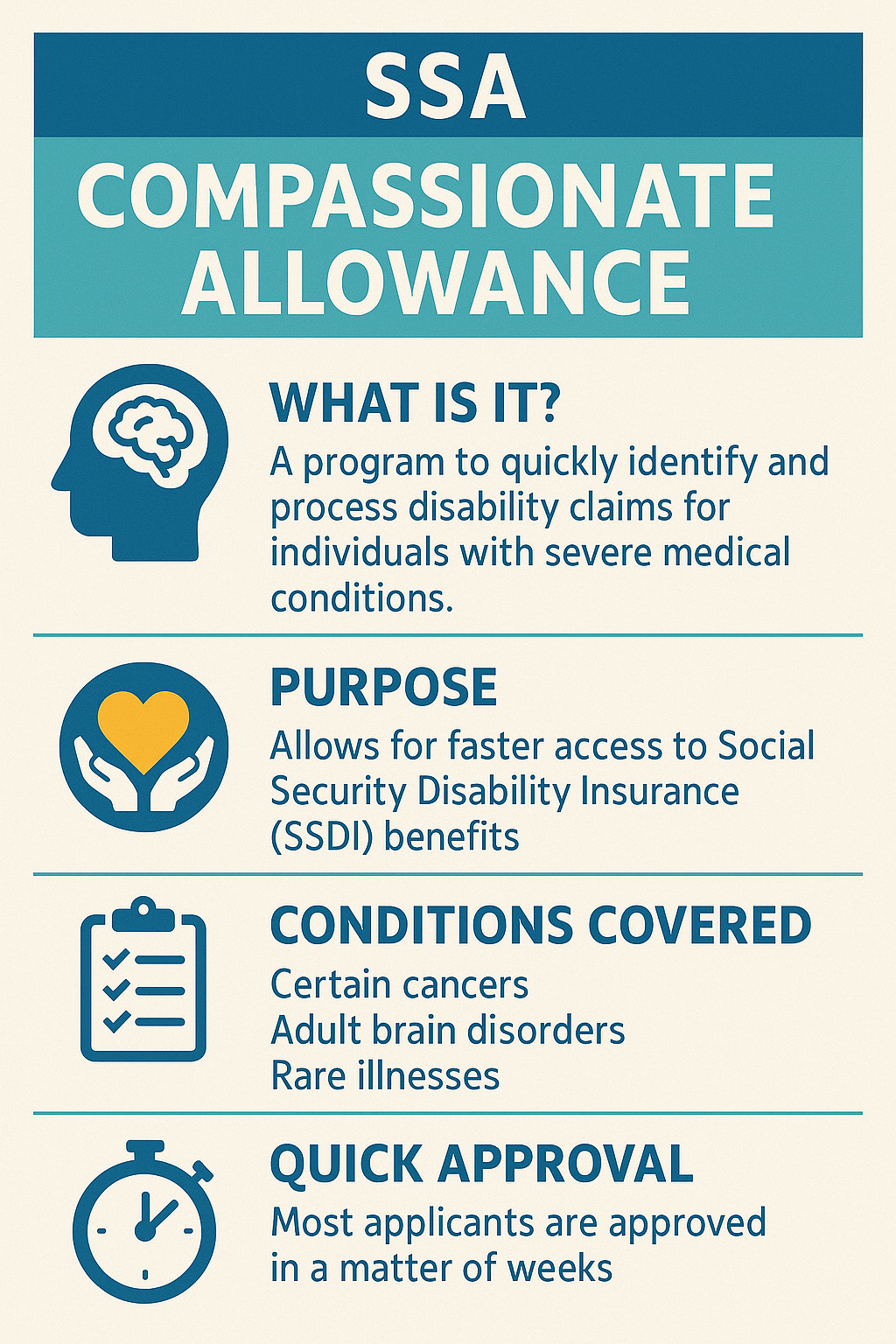Bilateral Pes Planus refers to a condition where both feet have a medial longitudinal arch that is lower than normal or nonexistent. Understanding the health and condition of our feet is vital, as they serve as the foundation of our bodies. They not only carry our weight but also orchestrate movement and balance, making it an area of critical physiological significance.
Observations in recent years have led to the realization that Bilateral Pes Planus is quite common, thereby making it an important topic of discussion and insight. The presence of flat feet can lead to several complications in the daily functioning of an individual, making the understanding, diagnosis, and treatment of this condition integral to quality living.
Understanding Pes Planus
Pes Planus, also known as flat foot or flat feet, is characterized by the lack of the longitudinal arch or a significantly diminished arch in the foot. This can be easily identified by the entire sole of the foot making contact with the ground while standing. Bilateral Pes Planus, or bilateral flat feet, means that both feet are affected. The pain and other symptoms caused by this condition significantly impact the individual’s daily life and can make it difficult for them to complete daily tasks and responsibilities.
Pes Planus can be classified into two main types – flexible and rigid. Flexible Pes Planus refers to the foot condition where the arch is visible when the foot is lifted, but disappears when standing. Rigid Pes Planus, on the other hand, describes the state where the arch is absent both at rest and in standing position.
Common symptoms of Pes Planus include pain and discomfort in the foot, particularly towards the arch and heel area. Causes of Pes Planus may range from congenital factors, where the arch never fully develops, to reasons such as injury, aging, obesity, or conditions like rheumatoid arthritis or posterior tibial tendon dysfunction.
Impact of Bilateral Pes Planus
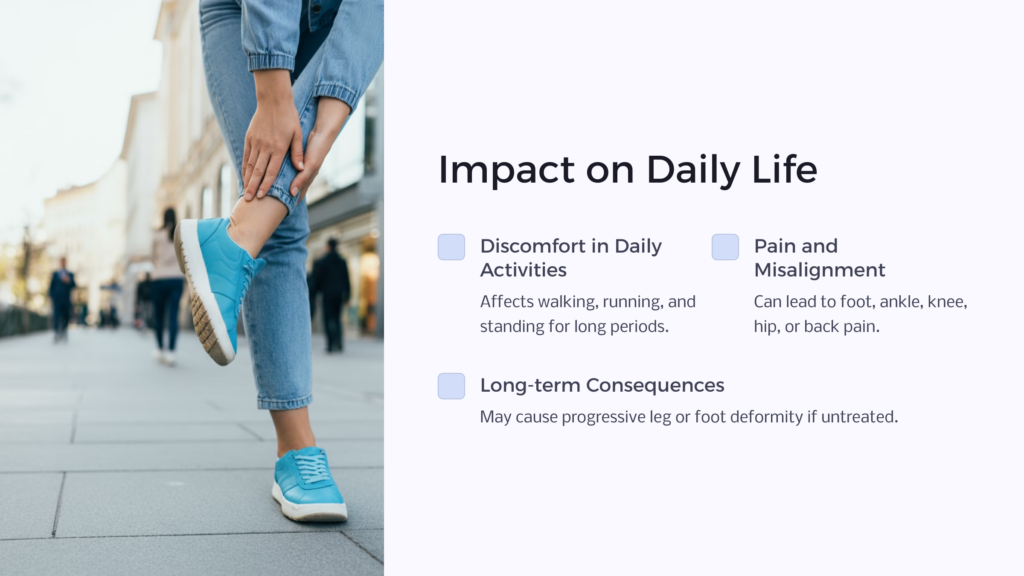
Living with Bilateral Pes Planus often comes with daily discomfort, affecting basic activities like walking, running, or standing for prolonged periods. The misalignment can lead to. further pain in the foot, ankle, knee, hip, or back, even causing other conditions such as plantar fasciitis, highlighting the complexities of this seemingly simple condition.
Untreated Bilateral Pes Planus can increase pronation, where the foot rolls inwards to distribute body weight, leading to progressive leg or foot deformity. If left untreated over the long term, it might exacerbate into severe alignment problems and impact the individual’s overall bodily health.
Diagnosis of Bilateral Pes Planus
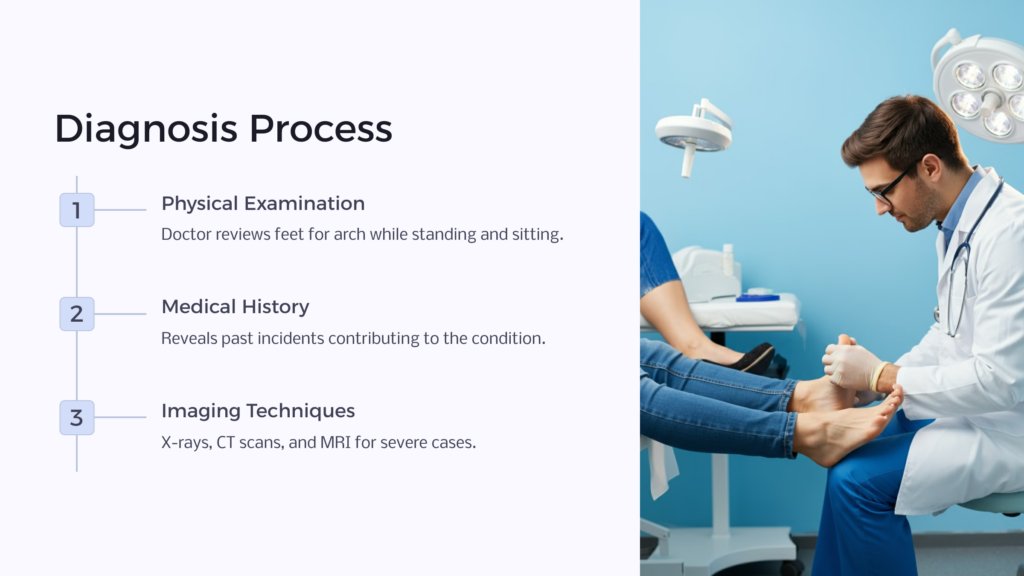
Diagnosis of Bilateral Pes Planus primarily involves a physical examination where the doctor reviews the feet for an arch while the individual stands and sits. A detailed medical history also plays an integral part, helping reveal past incidents that may contribute to the condition.
Imaging techniques such as X-rays, CT scans, and MRI can assist in understanding the extent and severity of the condition. These are usually reserved for cases where Pes Planus cannot be conclusively diagnosed with physical examination or history. After diagnosing, doctors rate the severity using specific grades, which in turn, helps chart the treatment course.
Treatment Options for Bilateral Pes Planus
Treatment for Bilateral Pes Planus starts with non-surgical interventions. These include orthotic devices designed to increase arch support, physical therapy for strength and flexibility, and medications for managing pain.
Surgical treatment is reserved as a last resort when other treatments fail or in severe instances. The surgical procedures aim to correct the foot’s alignment and restore normal function. The prognosis typically varies, hinging largely on the individual’s condition, age, health, and the effectiveness of post-operative rehabilitation.
Prevention of Bilateral Pes Planus
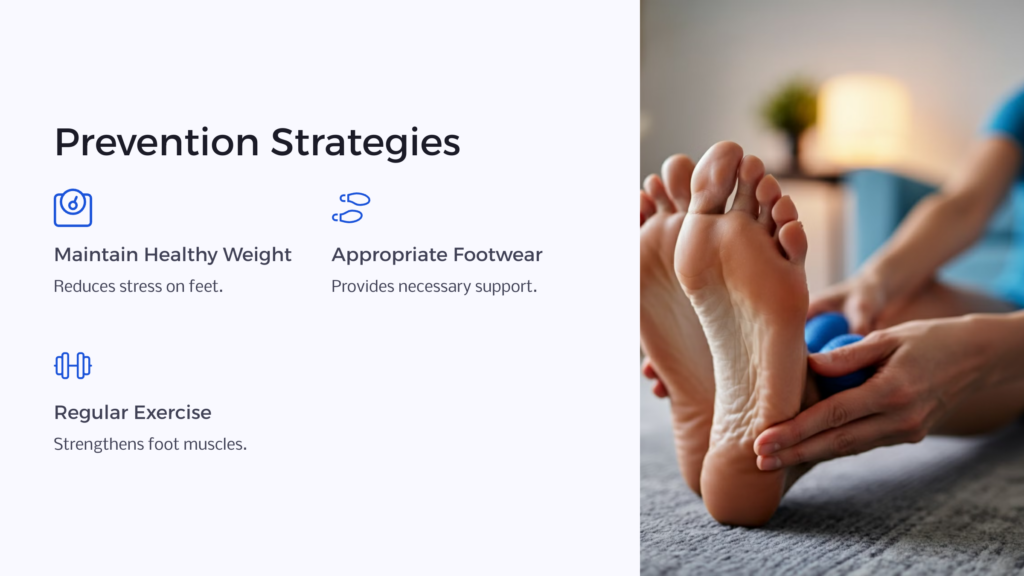
Early detection and intervention remain the best strategies for avoiding Bilateral Pes Planus. Regular screenings, especially in early childhood, can help identify the condition before it escalates or becomes severe.
Good practices involve maintaining a healthy weight, appropriate footwear, and regular exercise to keep the foot muscles strong and supple. Lifestyle changes like these can significantly help manage the condition and its potential impacts.
Disability Benefits for Flat Feet
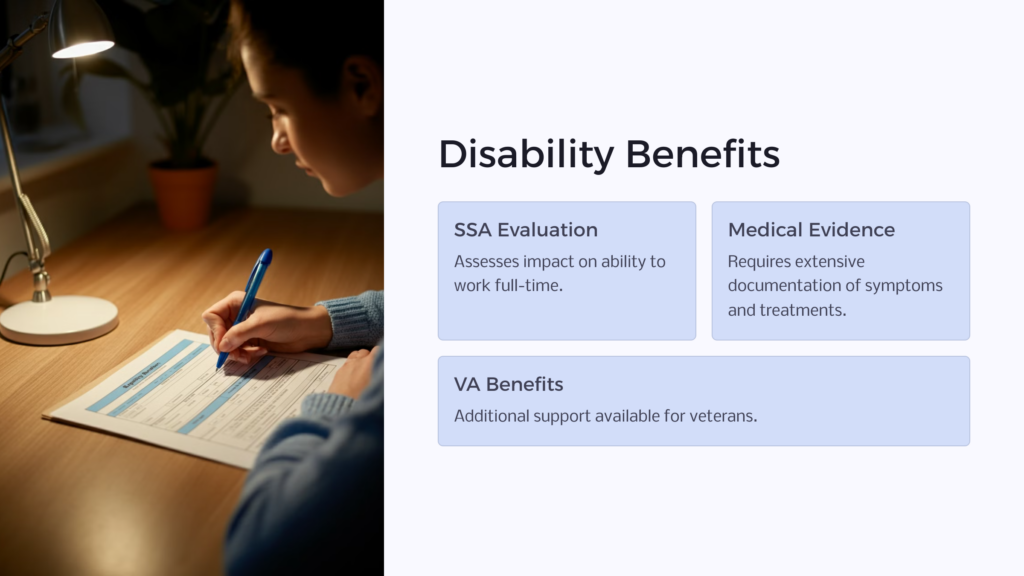
To qualify for disability benefits due to flat feet, your condition must be severe enough to significantly limit your ability to stand, walk, or perform other basic activities over an extended period of time. Simply experiencing foot pain or discomfort from flat feet is usually not enough to merit approval.
The Social Security Administration (SSA) will review medical records showing the diagnosis of “fallen arches” or “flat feet” from podiatrists, orthopedists, or primary care doctors. They will evaluate X-rays, MRIs, and other imaging studies demonstrating the lack of an arch. Your medical records must document ongoing symptoms like chronic pain, swelling, stiffness, cramping, or fatigue in your feet, ankles, or legs despite treatment efforts like arch supports, orthotics, physical therapy, medication, or injections.
Vocational experts may assess how your flat feet impede your capacity to perform your past jobs or other work. The SSA aims to approve benefits only for those whose flat feet are so debilitating that any form of full-time work would be unrealistic. Given the high burden of qualification, working closely with an experienced disability attorney can often help strengthen your claim and highlight how severely your daily functioning is constrained by flat feet.
Veterans can also turn to the VA (Veterans Affairs) for additional support in managing this disability. Veterans can apply for VA disability benefits if they are experiencing Pes Planus. If the condition is found in both feet, the bilateral factor comes into play, allowing veterans to receive a higher VA disability rating and therefore greater benefits.
Conclusion
Bilateral Pes Planus, or flat feet, is a much more prevalent and significant condition than one might assume. Ensuring proper foot health, early diagnosis, and appropriate treatments can aid in curbing the impacts of the condition, offering individuals the chance to lead comfortable and healthy lives. Foot health, often overlooked, forms an essential component of our overall well-being and deserves our careful attention and care.
 Benefits.com Advisors
Benefits.com Advisors
With expertise spanning local, state, and federal benefit programs, our team is dedicated to guiding individuals towards the perfect program tailored to their unique circumstances.
Rise to the top with Peak Benefits!
Join our Peak Benefits Newsletter for the latest news, resources, and offers on all things government benefits.















